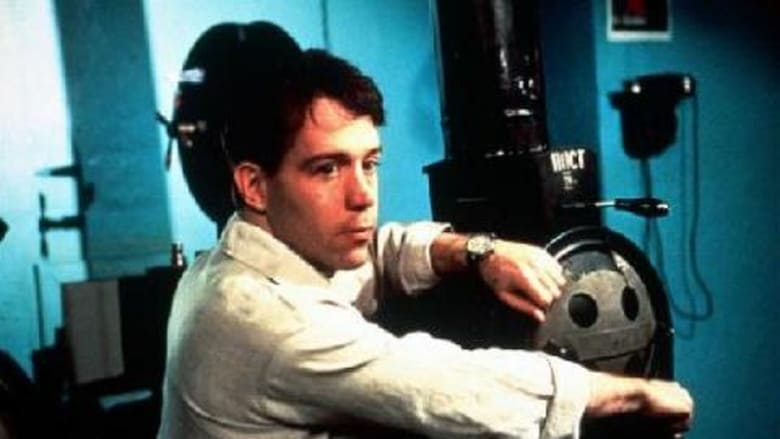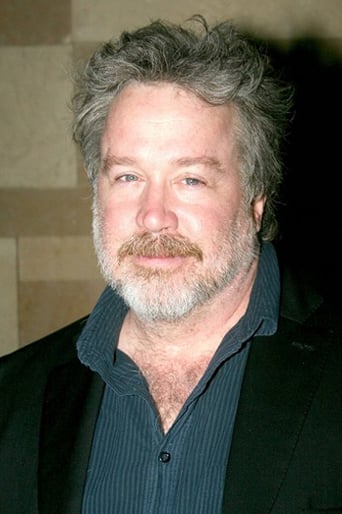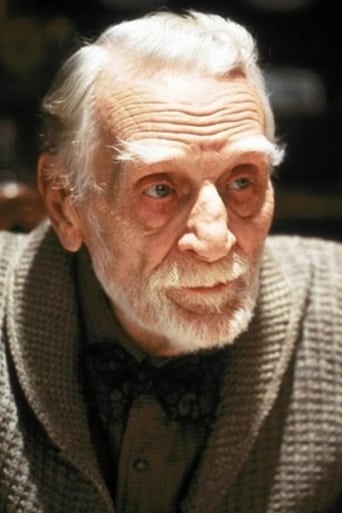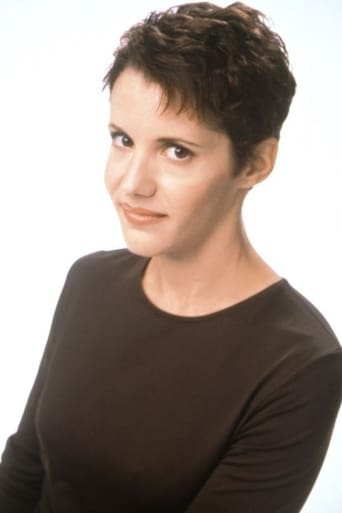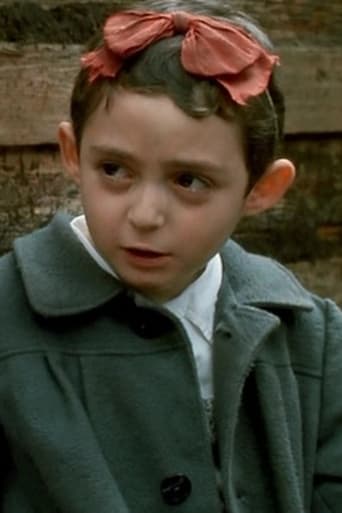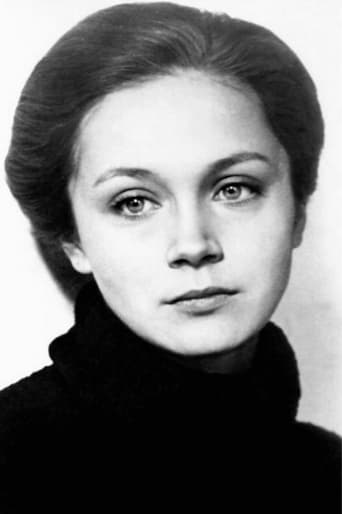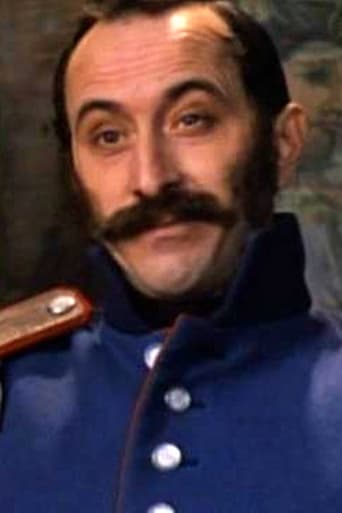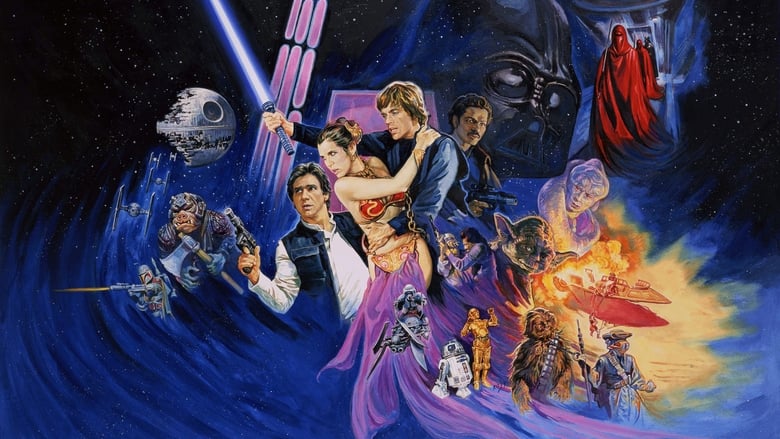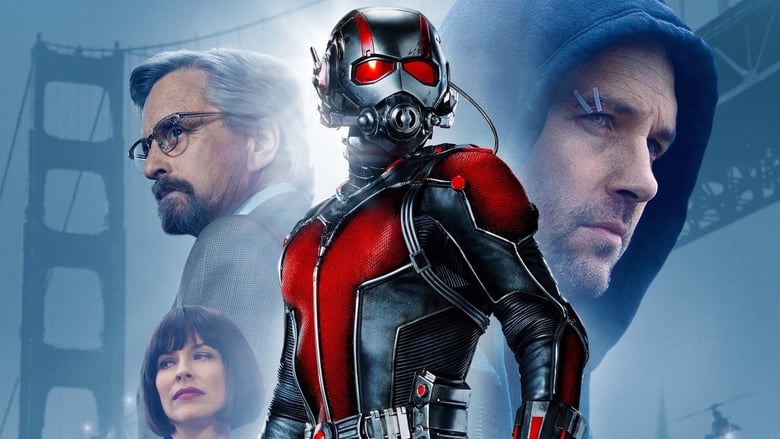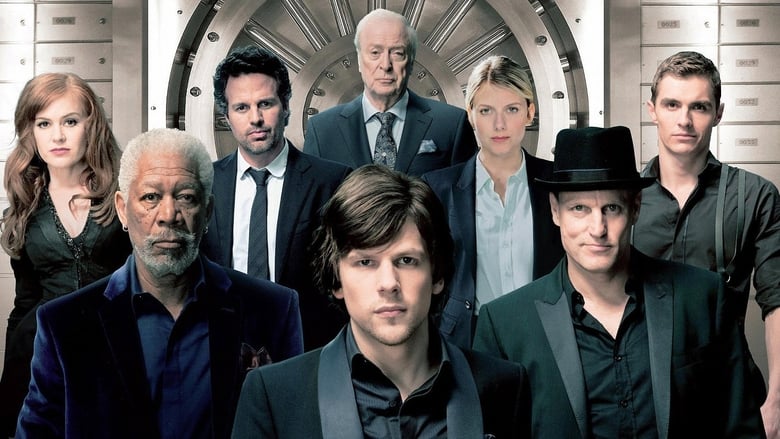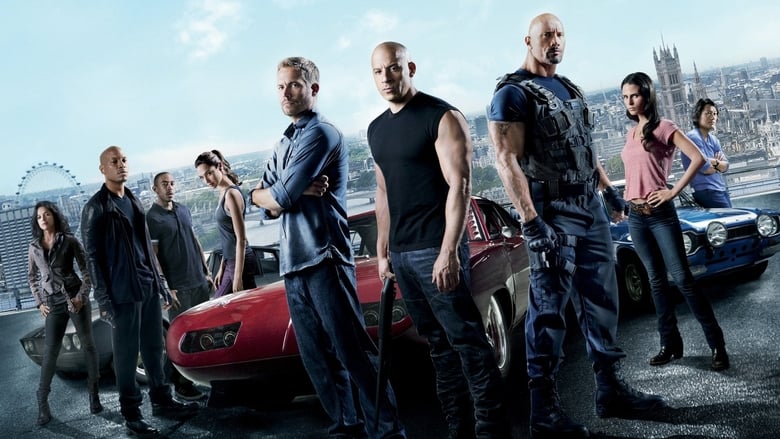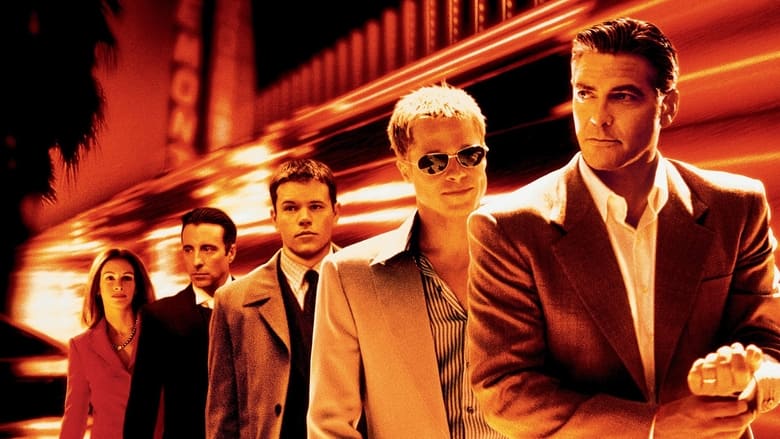Life changes for a Moscow worker when he's made Stalin's personal film projectionist but cannot tell his bride.


Reviews
This is a strange insider's tale, that's for sure. A man named Ganshin was the NKVD's cinema projectionist (called the 'KGB' in English, but that is just a simplification of course for people who never heard of its predecessor) and was suddenly coopted to start screening movies for Stalin and his 'Inner Circle', which included the spy boss Beria. This is therefore an extraordinarily interesting and revealing film of that man's tragic story. Ganshin is played in the film by the American actor Tom Hulce, best known for playing Mozart in AMADEUS (1984). He does an excellent job, far better I must say than he did with Mozart. He has just the right amount of naïve credulousness and open-eyed faith in Stalin and the system to be convincing. He, like so many millions of others at that time, was a 'true believer'. Such people genuinely believed that Stalin was a kind and loving Father of the Nation. Such was the extent and success of the brainwashing at that time! Indeed, Stalinist Russia was so like today's North Korea that the resemblances are eerie. The personality cult of Stalin was all-encompassing, and the mystique of his invincibility and superhuman wisdom was wholly accepted by the mass of the public. This is why the portrayal of Stalin in this film by the Russian actor Aleksandr Zbruev is so incredibly effective. Zbruev himself was the son of one of Stalin's ministers! But in 1937 the father was arrested and executed for being 'an enemy of the people' in the Great Purge. Zbruev here plays the man who ordered his own father's execution. He plays Stalin as a quiet, modest and straight-talking man who very softly, like a priest or a sophisticated gentleman, orders millions to be killed. In other words, as a psychotic, Stalin did not rant and rave, he quietly killed people by the millions as if he were putting a baby to sleep in a cot. The total terror inspired by the man amongst his immediate associates is better understood when we realize that they were dealing with a quiet psychopath, who smiled gently at those whom he intended to exterminate minutes later. As for Beria, he is played with great subtlety and terrifying menace by Bob Hoskins. The film was shot in Moscow, using a number of the real buildings as locations, and directed by Andrey Konchalovskiy, one of Russia's most brilliant directors, who has also worked a lot abroad. He is known for SIBERIAD (1979), RUNAWAY TRAIN starring Jon Voigt (1985), and SHY PEOPLE (1987), which is set in the bayous of Louisiana. His film RAY will be released in 2016, so that he is still very hard at work despite the fact that he is 79 years old. Hulce's wife is played by the Canadian actress Lolita Davidovich. Her acting is very intense and effective in the latter half of the film, where her situation has become so desperate. There are wonderful Russian character actors in the film, such as Feodor Chaliapin, Junior, aged 85, playing the old professor who insists that 'Satan is in the Kremlin'. The story of this film is a hair-raising one and not easily summarised. The many tragedies are heart-breaking, but then very many millions of hearts broke under Stalin, not to mention the many millions of hearts which stopped beating altogether under his gentle policy of looking after his beloved people by means of mass murder. One is left with the big question to which there has never been an answer: why is it that most of human history has been defined by psychopathic leaders who commit mass murder? Why has this scenario recurred throughout all the thousands of years of recorded history with unerring similarity? A maniac gets control of a country and starts killing everyone and no one stops him. Millions die. Still no one stops him. Even more millions die. And even then no one stops him. Does the blame lie with those who let him rise to power? Does it lie with those who suffer quietly under him and sometimes worship him while the blood in the street rises up the level of their necks? Why is it that so many political leaders are psychopaths anyway? (There are plenty of them spread around the world at the present time.) This is a question which people ignore at their own peril. This film is a useful lesson in how homicidal maniacs seize and use power, and keep it by means of inspiring sheer terror.
Soviet-American screenwriter, producer and director Andrey Konchalovsky's thirteenth feature film which he co-wrote with screenwriter Anatoli Usov, is inspired by real events in the life of a Soviet man named Alex Sanchin who was the private projectionist for Joseph Stalin (1878-1953) for twelve years. It was screened In competition at the 42nd Berlin International Film Festival in 1992, was shot on locations in Moscow, Russia and is an Italy-Russia-USA co-production which was produced by Italian producer Claudio Bonivento. It tells the story about a field projectionist named Ivan Sanchin who lives in an apartment in Moscow, Soviet Union with his fiancée named Anastasia and who one day in 1939 after a man named Aaron Gubelman who lives in the same building with his wife named Sonia and their daughter named Katja is taken by KGB officers to the KGB headquarters. Distinctly and precisely directed by Soviet-American filmmaker Andrey Konchalovsky, this quietly paced and somewhat fictional tale which is narrated by the protagonist and mostly from his point of view, draws a moving and unsettling portrayal of a patriotic Russian man who during the beginning of the Second World War in the late 1930s is brought to the Kremlin and offered a job as a projectionist for the authoritarian and dominant leader of the Soviet Union which then was ruled as a single-party state by the Communist Party. While notable for its naturalistic milieu depictions, fine cinematography by Italian cinematographer Ennio Guarniero, production design by production designers Gianni Giovagnoni and Vladimir Murzin and costume design by costume designer Nelli Fomina, this narrative-driven story depicts a thorough and empathic study of character and contains a great score by Soviet-Russian composer Eduard Artemyev. This biographical, at times humorous and conversational drama from the early 1990s which is set in the former constitutionally socialist state of the Soviet Union (1922-1991) in the late 1930s, 1940s and early 1950s and where a woman forms a strong bond with a little girl who has been left on her own after her parents were taken by the Committee for State Security and an ordinary man becomes so proud and committed when he gets to work for the most powerful and worshiped man and dictator in his totalitarian country that it affects his relationship with the woman he loves, is impelled and reinforced by its cogent narrative structure, substantial character development, colorful characters and the charming and engaging acting performances by American actor Tom Hulce and Canadian actress Lolita Davidovitch. A historical, heartrending, romantic and informative narrative feature.
The Inner Circle is one of the movies which you can learn tasteless facts of history. While We Watch Stalin's private film projectionist Ivan Sanshin's life, actually we testify the whole nation's fate under the wings of Stalinism. The Inner Circle is so successful to portraits those sorrowful years. Yes, it's true that "bitterness level" of The Inner Circle is high(and maybe necessary too) but this movie tells this bitter story with a marvelous aesthetics that you feel both sorrow and ebullition at the same time. To able to take lesson from history, to able to understand a other nation's formidable and sorrowful efforts and to able to enjoy cinematic feast(which gives you mixed feelings)The Inner Circle must be seen. Watching The Inner Circle is definitely a rewarder experience.
There is a human tragedy of global scale - and those humans who sway this tragedy and who just turned out to be grains of sand under those wheels of history. To model what those people were in their good and weak producers and authors of "The Inner Circle" made an awesome cast in this movie - don't you agree that Bob Hoskins playing marshal Berija is worth seeing anyway. Lolita Davidovich's and great Russian actor Oleg Tabakov's was magnificent performance. And at last the central character - Ivan Sanshin - is utterly shrill figure and utterly potent message. Due to genius Tom Hulce who looks and acts completely and very naturally Russian - as I see it being Russian myself. No further words on Tom Hulce - he's just a great actor (though not a "star" in the industry, as I can guess) and every one of his works worth seeing. Even in his small role in "Parenthood" he's very convincing and dramatic - and in "The Inner Circle" he has a great material to work on... An obvious merit of this film - it is historically accurate (with exception of ahead-of-time tanks and probably something else) in details. Accurate Soviet uniforms in a Western movie is really very rare thing and in this film uniform of NKVD-officers looks authentic to the Soviet people like me... And the director's job is not bad at all - Konchalovsky has his peaks and faults and The Inner Circle is one of the peaks, I guess...

